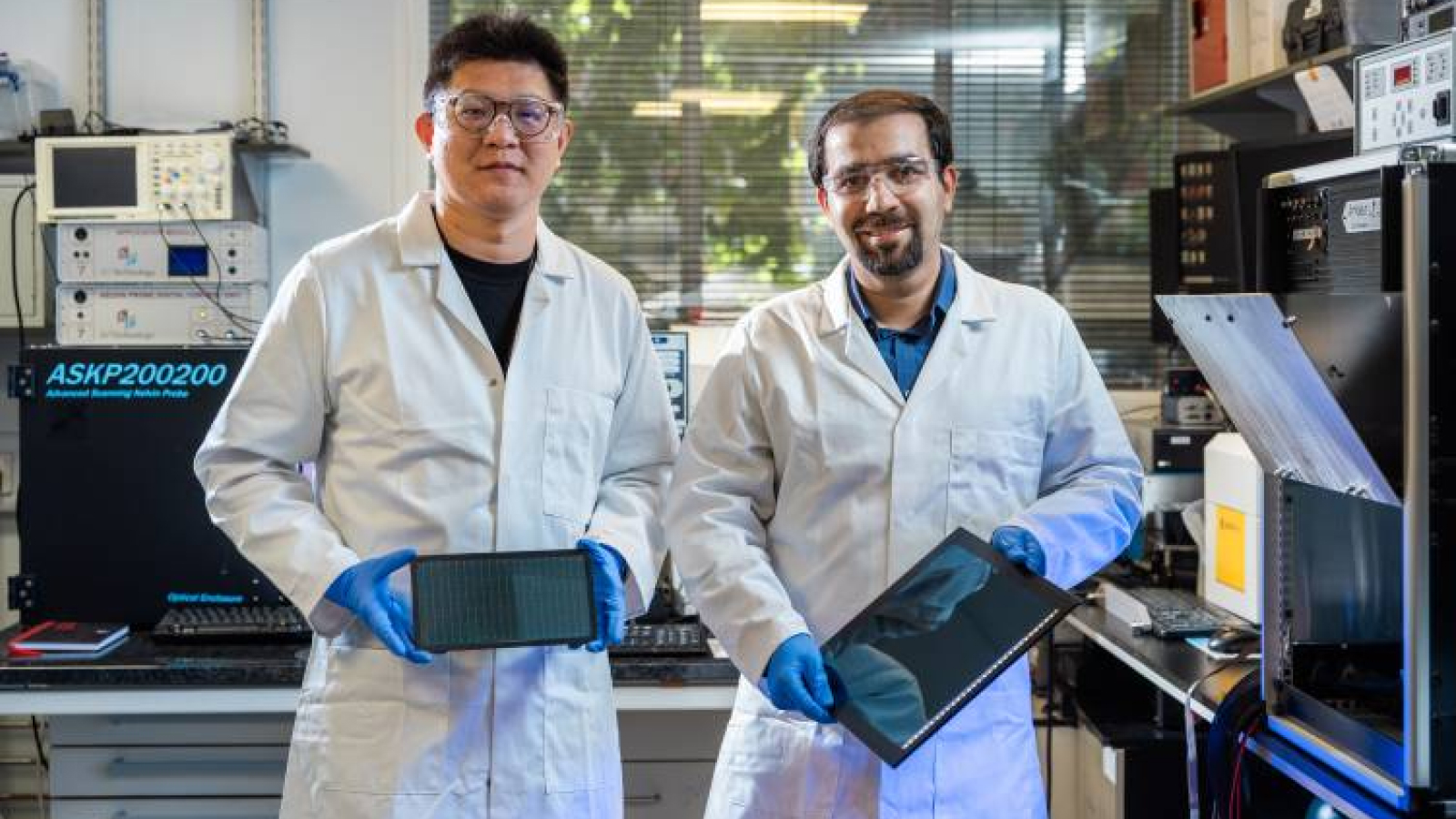What Are Conjoined Twins?
Conjoined twins that share a body but have two heads were born in China on Thursday, according to news reports.
Conjoined twins are identical twins that remain physically connected. Normally, identical twins form when an egg splits in two shortly after it is fertilized. But in the case of conjoined twins, the separation process halts and doesn't finish, according to the University of Maryland Medical Center.
Such cases are rare. Conjoined twins occur in about one out of every 200,000 live births, the University of Maryland says. The majority of conjoined twins 40 to 60 percent are stillborn , and those that are born alive often do not survive the first day of life.
One of the most common forms of conjoined twins is a type known as thoracopagus. These twins are joined at the thoracic cavity, or the chest. About 40 percent of all conjoined twin cases are thoracopagus, according to the University of Maryland.
About one-third of conjoined cases are a type known as omphalopagus, in which twins are joined around the region of the umbilical cord.
Twins that are joined at the head, or craniophagus twins, are rare, making up only two percent of cases, the University of Maryland says.
The twins born in China have been reported to be dicephalic parapagus twins, a less common form of conjoined twins.
Get the world’s most fascinating discoveries delivered straight to your inbox.
It's not known whether certain factors put couples at risk for giving birth to conjoined twins, according to the Mayo Clinic. There are simply too few cases to allow researchers to determine risk factors. However, more conjoined twins are born in India and Africa than in the United States, the Mayo Clinic says.
- 11 Big Fat Pregnancy Myths
- Multiple Births from IVF May Be Reduced By Better Informing Patients
- Identical Twins' DNA Varies
Follow MyHealthNewsDaily staff writer Rachael Rettner on Twitter @RachaelRettner.

Rachael is a Live Science contributor, and was a former channel editor and senior writer for Live Science between 2010 and 2022. She has a master's degree in journalism from New York University's Science, Health and Environmental Reporting Program. She also holds a B.S. in molecular biology and an M.S. in biology from the University of California, San Diego. Her work has appeared in Scienceline, The Washington Post and Scientific American.
